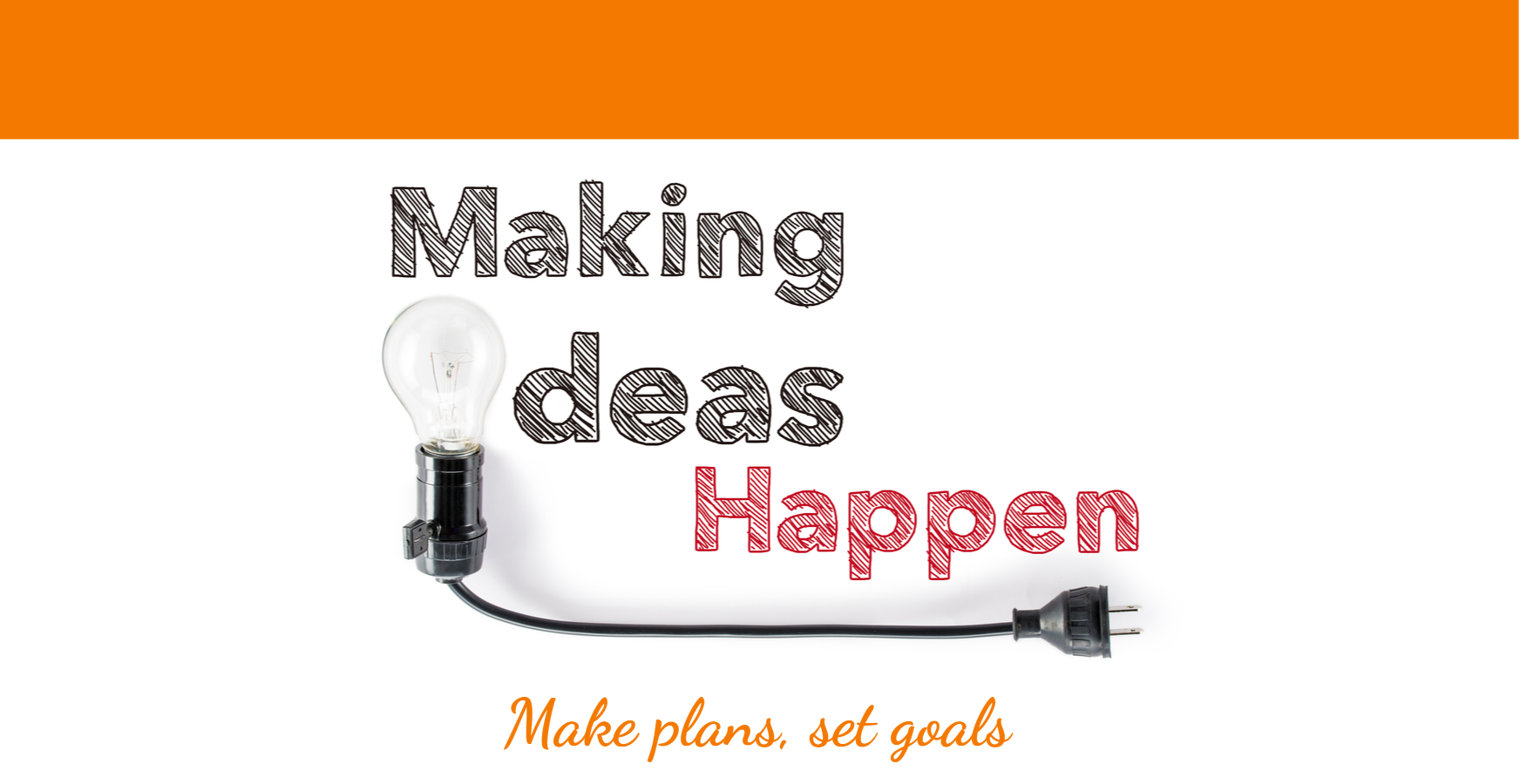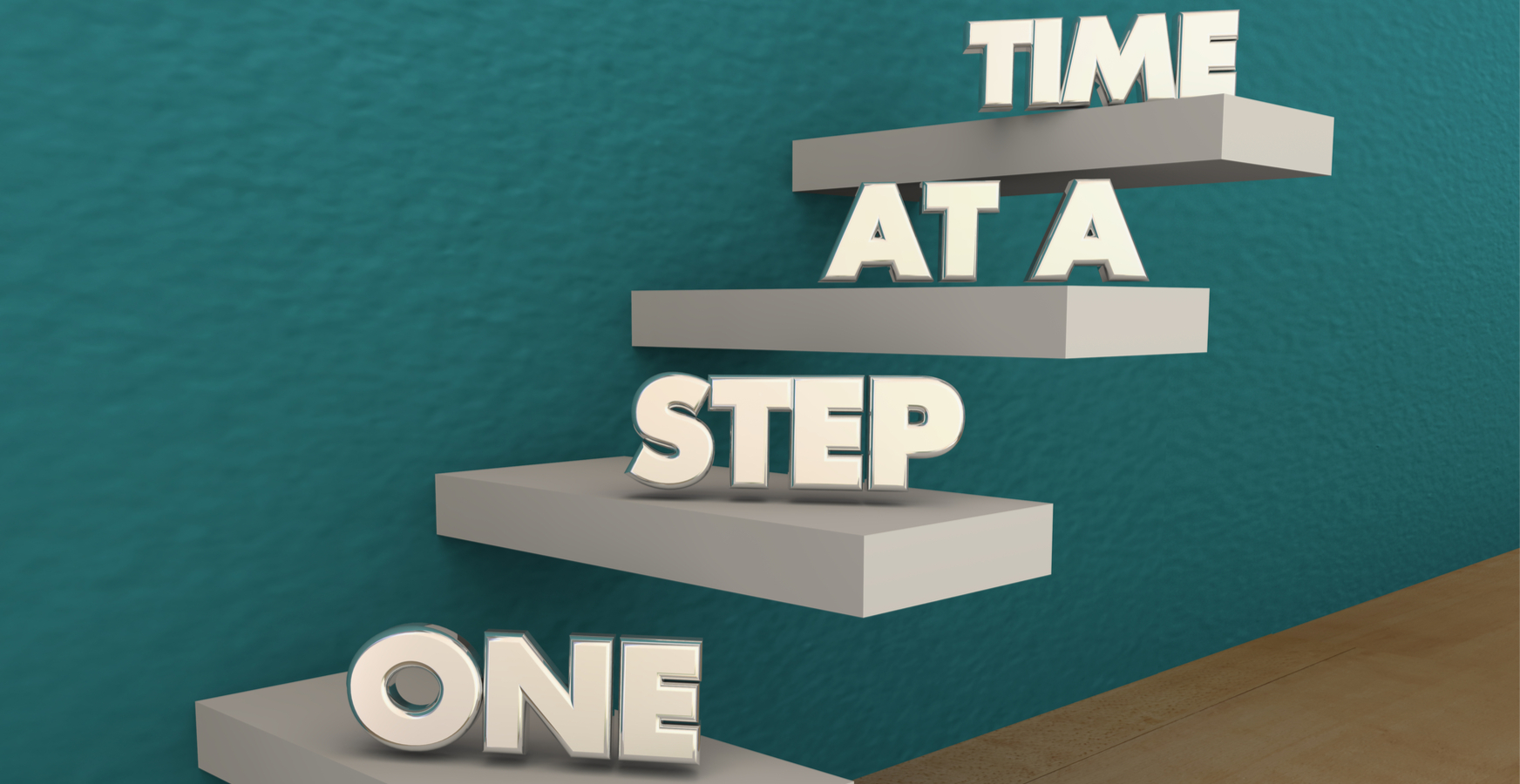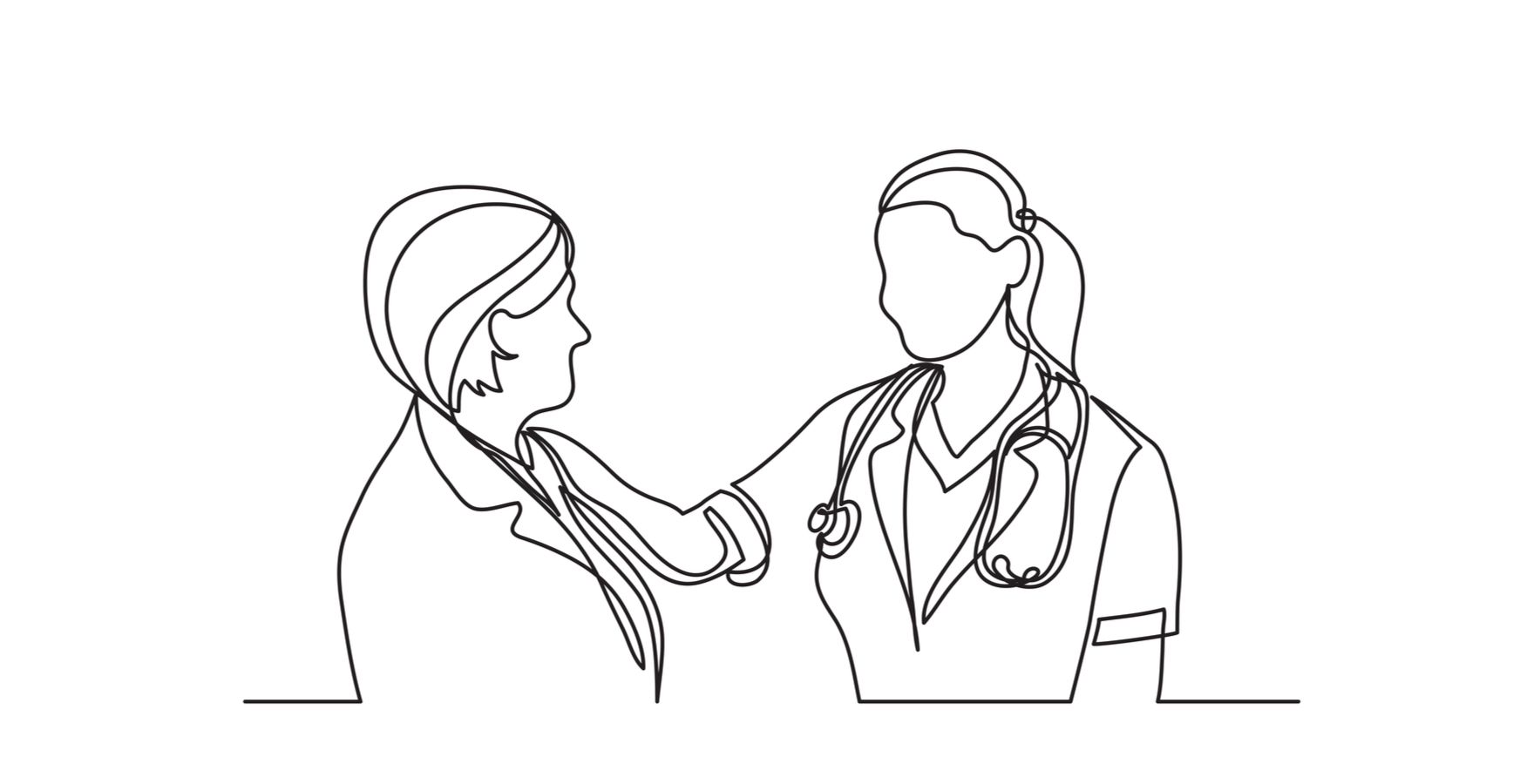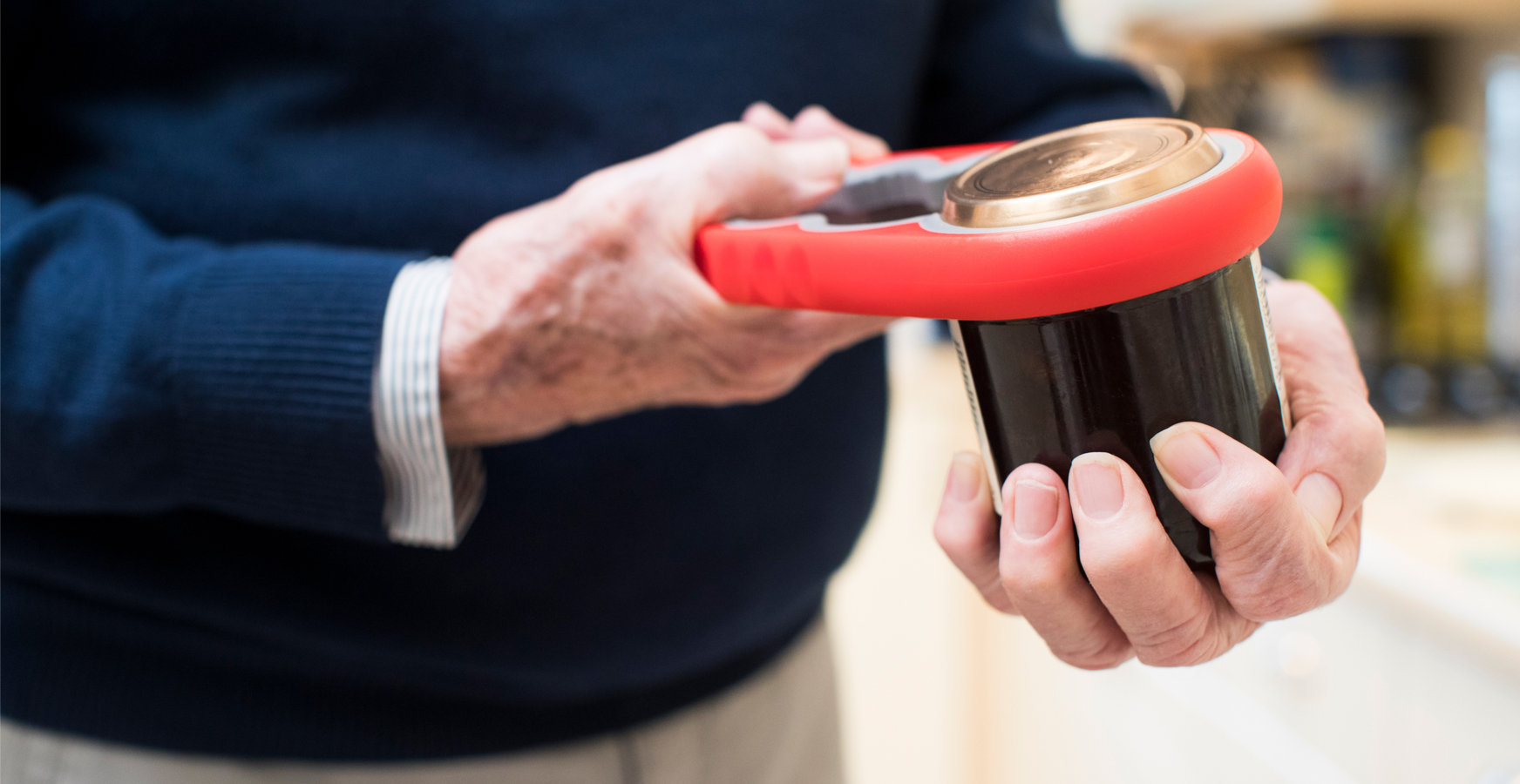During the early parts of my pain journey I found it difficult to cope with anything but the day in hand. If I looked to the future it was often with fear and trepidation about living the rest of my life with significant pain. In many ways I was ‘locked into’ my pain situation, which I have no doubt made both my overall pain experience and my overall well-being much worse. I needed to look beyond my pain and make plans, and set goals, which were important to me. I needed to go back to living my life again.
Some of the goals I set myself were long-term, many yet to be achieved, and some very short term. For example I want to be able to kneel down without triggering severe pain. Until I couldn’t kneel I hadn’t realised how useful a skill kneeling is! I have worked extremely hard at this over many years, and I can certainly kneel down more often than I could without triggering the pain I dread so much, but I’m not there yet! During the early few months following my injury when I was having difficulty walking I would set myself short term goals of being able to walk from one lampost to another. I have also set goals that are not so obviously related to my pain condition, for example achieving a particular work role, but as my ability to work is inextricably linked with my persistent pain condition, of course it is!
Whenever I set myself a goal I think about, and plan, how I am going to achieve it, and what help I might need in order to do so. If it is a long term goal then I will try and break it down into small steps.
It has certainly helped me to look outwards from my pain condition, and look forwards to what I want to achieve in life. It has provided me with a purpose, and greater control over my condition and life, and has undoubtedly improved the quality of my life – especially when I have achieved my goals!
I hope these resources will help you think about making plans and setting goals, and how best to do so.
Click on the pictures to learn more about each strand
More Information


























